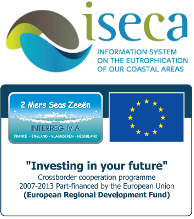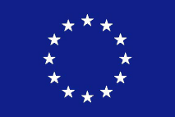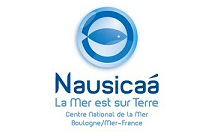Chlorophyll-a (Chl a) is a key parameter for the assessment of water quality in coastal and shelf environments. The availability of satellite ocean colour offers the potential of monitoring these regions at unprecedented spatial and temporal scales, as long as a high level of accuracy can be achieved. To use satellite derived Chl a to monitor these environments, it is imperative that rigorous accuracy assessments are undertaken to select the most accurate ocean colour algorithm(s). To this end, the accuracy of a range of ocean colour Chl a algorithms for use with Medium Imaging Resolution Spectrometer (MERIS) Level 2 (L2) Remote Sensing Reflectance (Rrs), using two different atmospheric correction (AC) processors (COASTCOLOUR and MERIS Ground Segment processor version 8.0 - MEGS8.0), were assessed in North West European waters. A total of 594 measurements of Rrs(λ) and/or Chl a were made in the North Sea, Mediterranean Sea, along the Portuguese Coast, English Channel and Celtic Sea between June 2001 and March 2012, where Chl a varied from 0.2 to 35 mg m-3. The following algorithms were compared: MERIS Case 1 water Chl a algorithm OC4Me, the MERIS Case 2 algorithm Algal Pigment 2 (AP2), the MODIS-Aqua Case 1 Chl a algorithm OC3 adapted for MERIS (OC3Me), the MODIS-Aqua Garver-Siegel-Maritorena algorithm (GSM) adapted for MERIS and the Gohin et al. (2002) algorithm for MERIS (OC5Me). For both COASTCOLOUR and MEGS8.0 processors, OC5Me was the most accurate Chl a algorithm, which was within ~ 25% of in situ values in these coastal and shelf waters. The uncertainty in MEGS8.0 Rrs(442) (~ 17%) was slightly higher compared to COASTCOLOUR (~ 12%) from 0.3 to 7 mg m-3 Chl a, but for Rrs(560) the uncertainty was lower for MEGS8.0 (~ 10%) compared to COASTCOLOUR (~ 13%), which meant that MEGS8.0 Chl a was more accurate than COASTCOLOUR for all of the Chl a algorithms tested. Compared to OC5Me, OC4Me tended to over-estimate Chl a, which was caused by non-algal SPM especially at values > 14 g m-3. GSM also over-estimated Chl a, which was caused by variations in absorption coefficient of coloured dissolved organic matter at 442 nm (aCDOM(442)). AP2 consistently under-estimated Chl a, especially when non-algal SPM was > 4 g m-3. |














